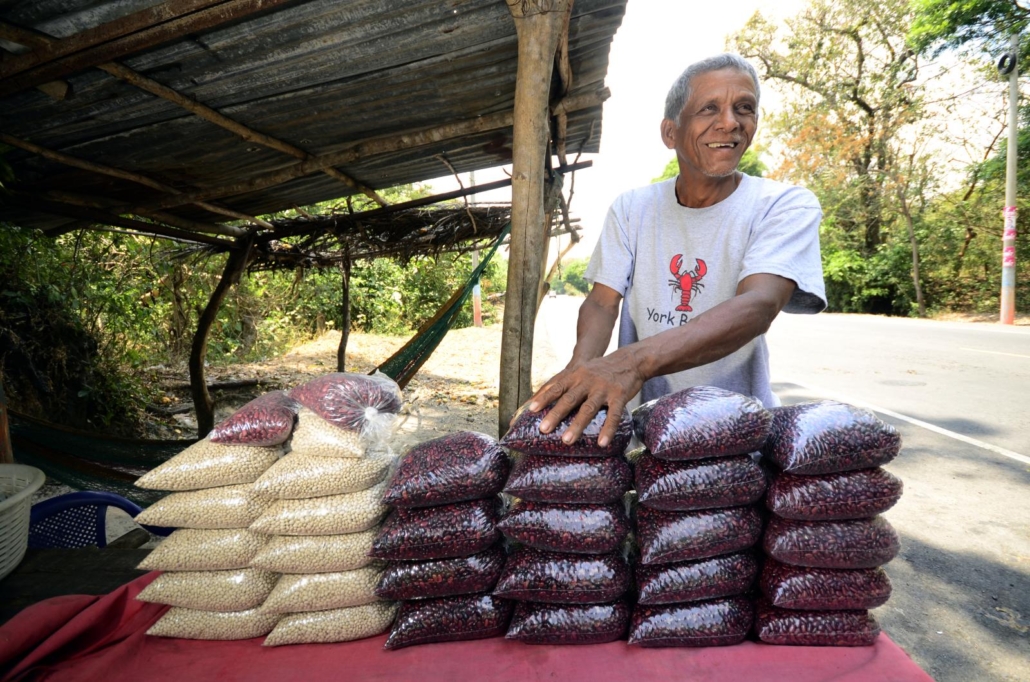 The mpox epidemic is spreading globally, with case numbers rising and new countries reporting the illness. As of August 2024, more than 100,000 confirmed cases of mpox (an illness caused by the monkeypox virus) have been reported in more than 120 countries. Furthermore, current figures indicate that there have been 600 deaths this year in Africa alone.
The mpox epidemic is spreading globally, with case numbers rising and new countries reporting the illness. As of August 2024, more than 100,000 confirmed cases of mpox (an illness caused by the monkeypox virus) have been reported in more than 120 countries. Furthermore, current figures indicate that there have been 600 deaths this year in Africa alone.
Lack of testing is a large factor in mpox transmission. For example, 63% of suspected cases in the Democratic Republic of Congo this year were not tested. Testing is vital in virus detection and prevention. Indeed, without a diagnosis, patients do not receive treatment and risk spreading mpox to those around them. Prevention tactics have to be implemented if mpox is to be prevented.
WHO’s Response
In response to the mpox outbreak, the World Health Organization (WHO) approved the first in vitro diagnostic test for mpox in August 2024. Developed by Abbott Molecular, the Alinity m MPXV assay utilizes DNA analysis and polymerase chain reaction (PCR) technology. The test detects the monkeypox virus from human skin lesion specimens in real-time. This groundbreaking test is set to revolutionize the fight against mpox. Indeed, this advance in testing will enhance diagnostic capabilities and facilitate timely responses to outbreaks.
The diagnostic test is currently under Emergency Use Listing (EUL), a procedure that evaluates the safety and efficacy of treatments, including in vitro diagnostics, to assist WHO Member States in making informed decisions about acquiring emergency health equipment. Being designated as an EUL will enhance the global availability of the mpox test, ensuring that more countries can access this vital diagnostic tool in their fight against the outbreak.
Diagnosis plays a crucial role in virus prevention. This fast-working, real-time test will significantly enhance the diagnostic capabilities for monkeypox virus treatment. The Nucleic Acid Amplification Testing (NAAT) method enables the identification of individuals who require intervention. This test allows mpox cases to be accurately identified, monitored and controlled, thereby improving overall public health responses to the outbreak.
A Significant Milestone in the Fight Against Mpox
Dr. Yukiko, WHO Assistant Director-General for Access to Medicines and Health Products, stated: “This first mpox diagnostic test listed under the EUL procedure represents a significant milestone in expanding testing availability in affected countries.” It indicates a significant advancement in the mpox fight, providing high-quality medical equipment for those that need it. This progression in preventing the monkeypox virus will protect those with mpox and those at risk of contracting it.
Final Remark
This step marks just the beginning of the effort to combat mpox. However, there are ongoing discussions with other in vitro diagnostic manufacturers that aim to expand the range of diagnostic options. By increasing availability, these efforts will ensure that treatment and prevention are accessible to those in need, ultimately enhancing the global response to the outbreak.
– Megan Hall
Megan is based in Suffolk, UK and focuses on Global Health and Celebs for The Borgen Project.
Photo: Flickr
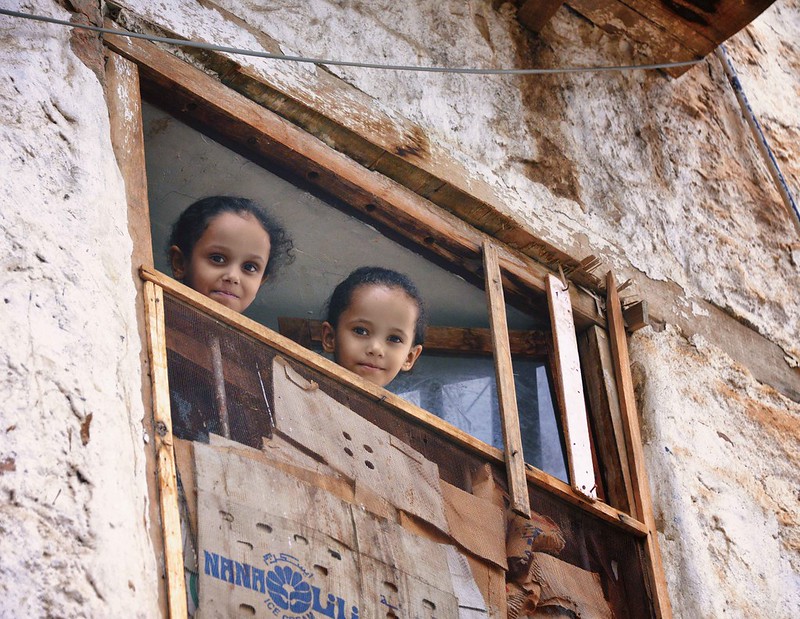
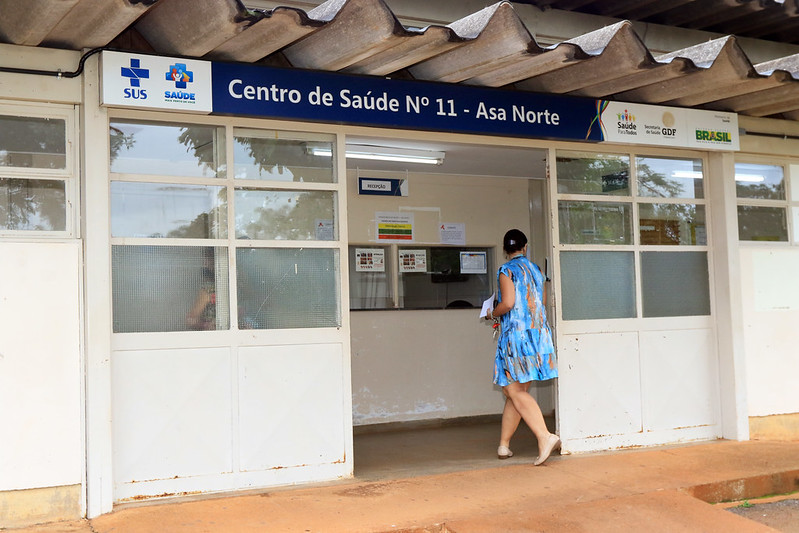 At the end of 2023,
At the end of 2023, 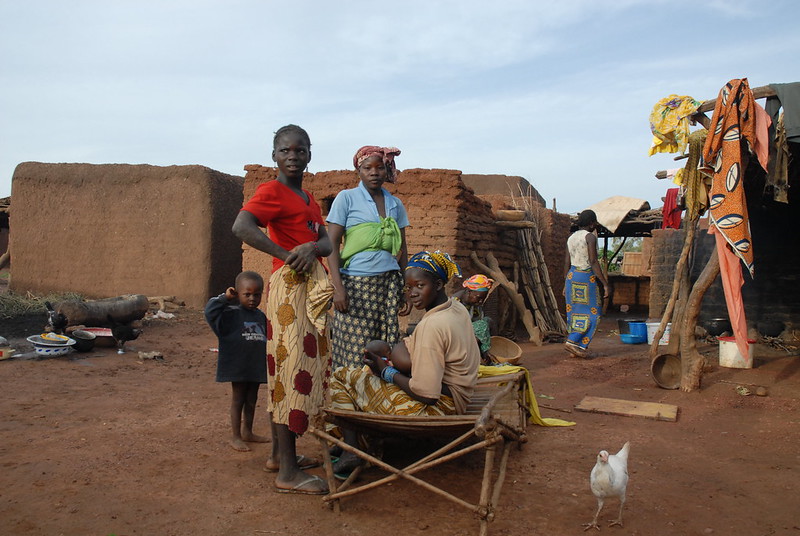
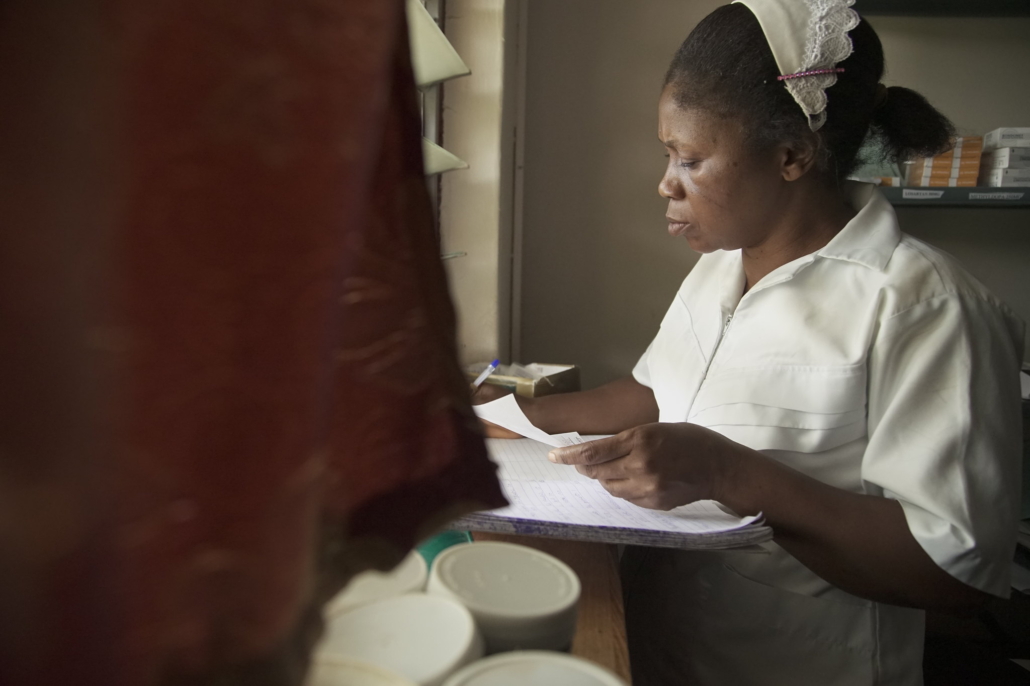
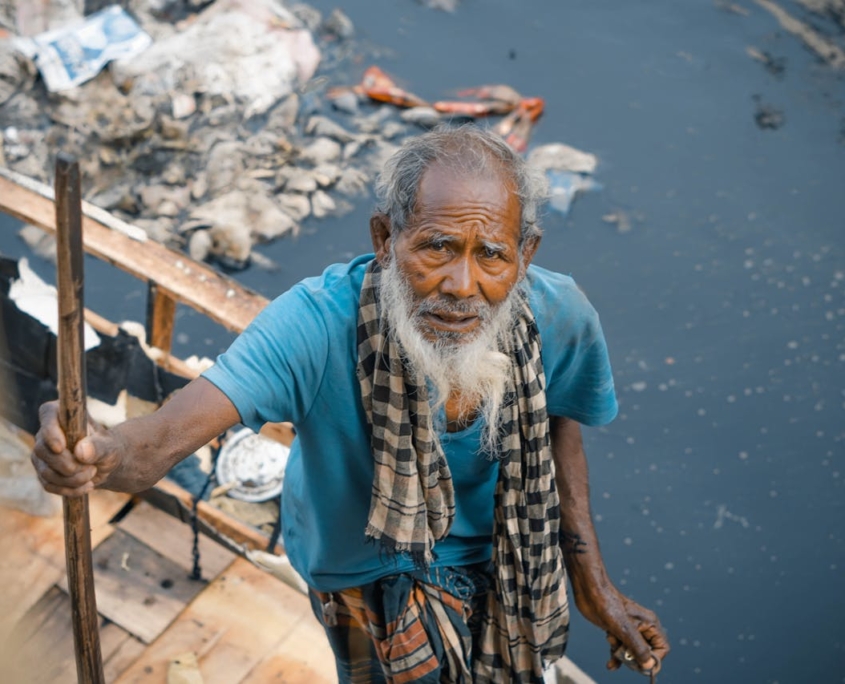 Currently, more than
Currently, more than 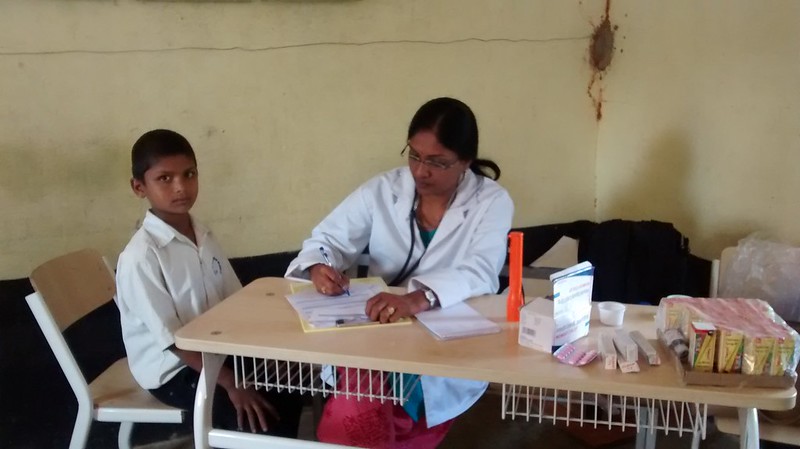
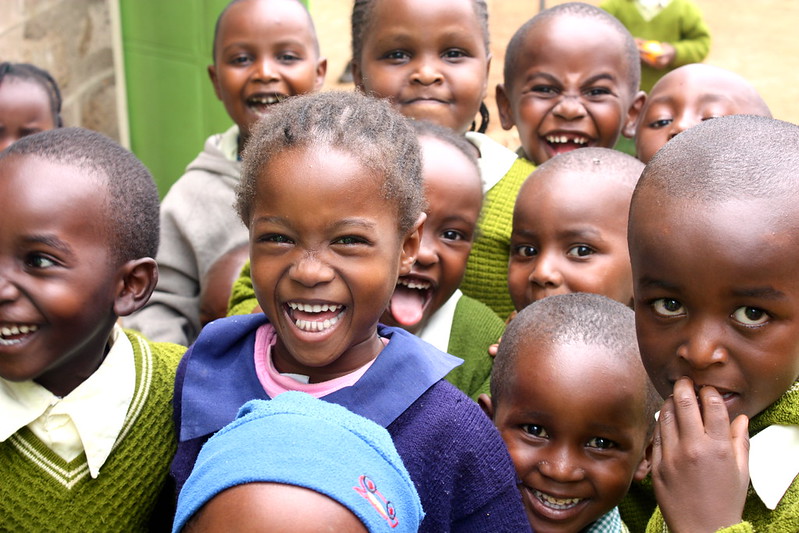
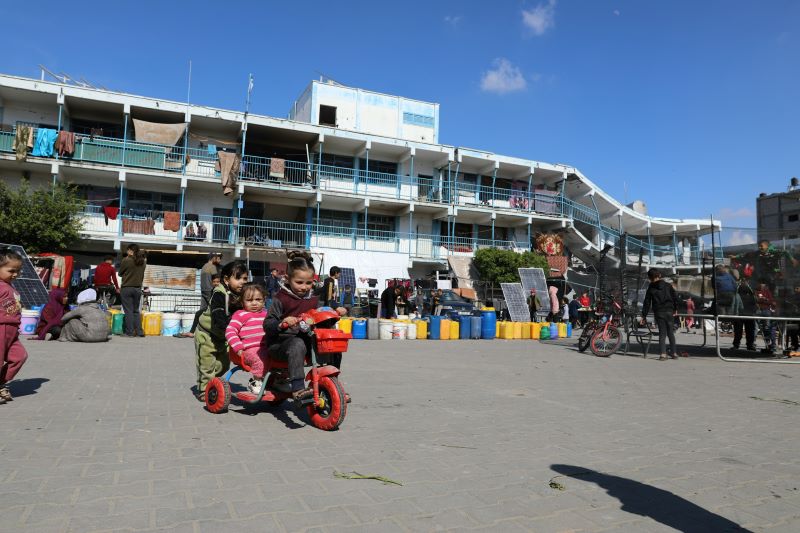 After 25 years,
After 25 years, 